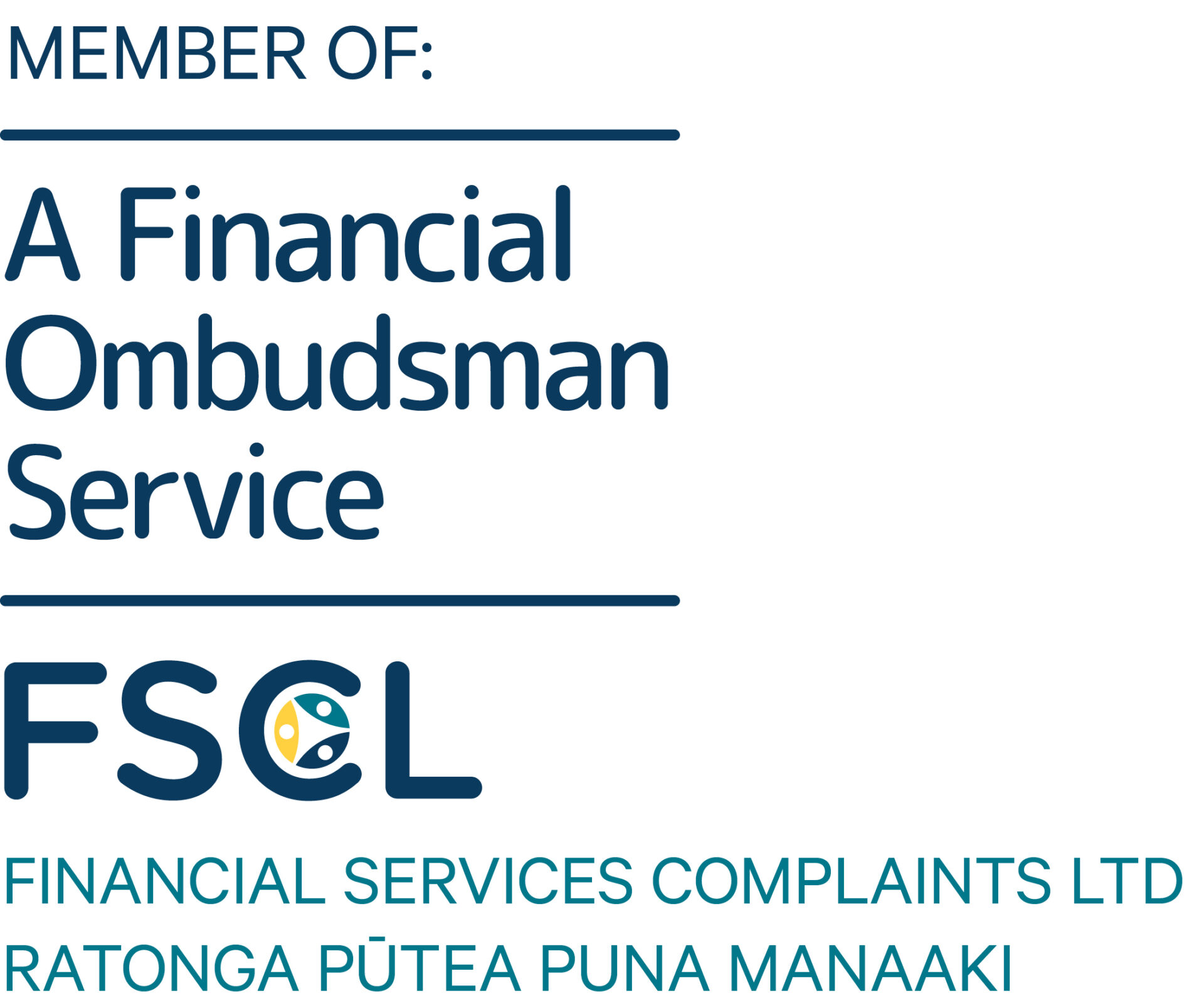Anti-MoneyLaundering
Trusts
Anti-Money Laundering and Countering Financing of Terrorism (AML) at Perpetual Guardian
The Anti-Money Laundering and Countering Financing of Terrorism Act 2009 (‘the Act’) came into effect in 2013 and is designed to help detect and deter money laundering and terrorism financing. Under this law all financial institutions in New Zealand are required to do more to verify a client’s identity and, in some cases account activity.
At Perpetual Guardian, we take this law seriously and are committed to preventing our services and systems from being misused for criminal activities.
What is the Act about?
The Act requires all financial institutions, including trustee companies, to:
- identify their clients and verify their addresses before providing certain services;
- monitor client accounts and transactions on an on-going basis (when providing specific services); and,
- clarify or update client information including in some circumstances the nature and purpose of the client’s relationship, and the source of funds or wealth.
How does the Act affect you?
The Act requires us to collect more information on our clients than in the past. For example trusts or companies are to provide specific information about themselves and anyone who is acting on their behalf (e.g. someone who has signing authority or power of attorney). In addition we must collect information about anyone who:
- owns more than 25% of an organisation; and/or
- has a high degree of influence or authority over the organisation’s operation (e.g. trustees, protectors, managing directors).
From time to time, we will need to ask existing clients if the information we hold is still up to date. We may also ask clients for additional information, e.g. if their account activity changes over time.
Protecting your privacy
We’re committed to protecting our client’s information. All identity and other personal information you provide will be stored and managed in line with the Privacy Act 1993.
Identification requirements
You can find out more information about the ID requirements for individuals and entities in the FAQs.
Certified Copies
Certification must have been carried out in the three months preceding the presentation of the copied documents
- The trusted referee must sight the original identity verification, address verification, and/or source of wealth or funds documentation, and make a statement to the effect that the document provided is a true copy and represents the identity, address, and/or source of wealth or funds of the named individual
- In relation to photographic identity verification documentation, the trusted referee must also make a statement that, in their opinion, the identity verification document represents a reasonable likeness of the named individual.
The trusted referee must also include, in the certification, their own:
- full name;
- signature;
- occupation and confirmation of their capacity to act as a trusted referee (from one of the categories listed in the “NZ trusted referees” table attached above;
- date of certification and signature;
- registration number (or equivalent) and registering body (e.g. New Zealand Law Society); and
- contact phone number.
If the trusted referee has a stamp or seal, they can apply that – for example, a notary public usually has a seal which they apply to documents signed.
Electronic Identity Verification
We can also verify the identity of our clients electronically using facial recognition and Optical Character Recognition technology. This is a much faster, more efficient way for you to confirm your identity and address, and for us to identify you. To be eligible, you must have:
- A current New Zealand or Australian passport or driver’s license; and
- Access to a smartphone with a front-facing camera
How does it work?
Using facial recognition technology (biometrics) we can match your face to the picture on your identification document. We’ll send you a link via text message. Using your smartphone you will be asked to:
- Scan a copy of your current New Zealand or Australian passport or driver’s licence
- Follow prompts to take a video of your face
- Verify that the details captured off you identification document are correct
- Add your residential address
- This information is then verified through a third party (APLY ID) to check and confirm your identification and address.





